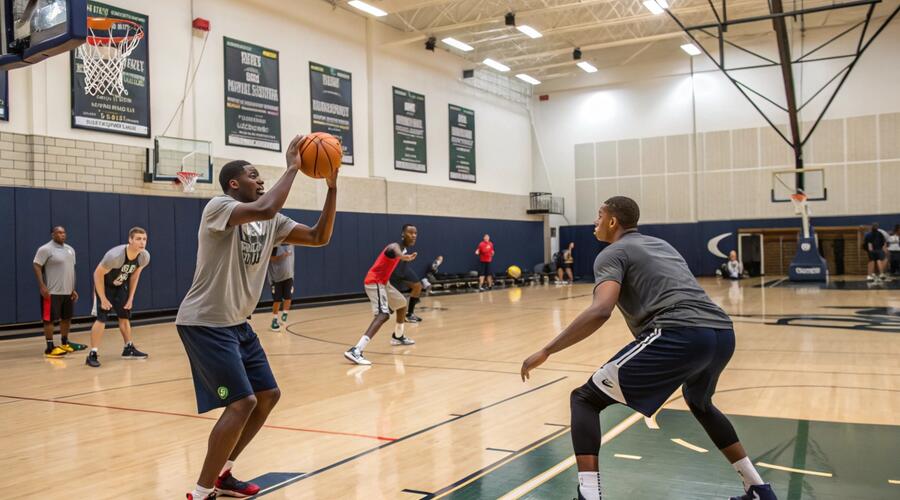Quality vs. Quantity in Basketball Training: Key Criteria for Effective Practice

Basketball, a sport that demands a high level of skill, agility, and strategic thinking, requires effective training to excel. In the quest to improve, players and coaches often face the dilemma of choosing between the quality and quantity of training. This article delves into the main criteria that underline the importance of training quality over quantity in basketball.
1. Skill Development and Mastery
Quality training in basketball is synonymous with focused skill development. Skills like shooting, dribbling, and defensive maneuvers require deliberate practice. It's not about how many hours you spend on the court but how those hours are utilized. Quality training emphasizes correct techniques and repetition until skills become second nature, reducing the likelihood of forming bad habits.
2. Injury Prevention
Basketball is physically demanding and can lead to overuse injuries if not careful. High-quality training prioritizes proper warm-ups, cooldowns, and technique to minimize injury risks. Overtraining, on the other hand, increases the likelihood of fatigue-related injuries. A balanced approach that allows for adequate rest and recovery is essential.
3. Mental and Tactical Training
Basketball is not just a physical game; it's a mental one too. Quality training incorporates mental and tactical aspects, such as game intelligence, decision-making, and psychological resilience. This approach is more beneficial than repetitive physical drills that overlook the mental side of the game.
4. Personalized Training Regimes
Every player has unique strengths, weaknesses, and learning styles. High-quality training tailors sessions to individual needs, ensuring that each player develops in a way that maximizes their potential. This personalized approach is often lost in high-quantity, one-size-fits-all training programs.
5. Efficient Use of Time
Time is a limited resource for everyone, especially for student-athletes or those balancing basketball with other commitments. Quality training ensures that the limited time available is used efficiently, focusing on the most impactful drills and techniques rather than merely clocking hours.
6. Long-Term Athletic Development
Quality training focuses on long-term development, building a strong foundation of skills, physical fitness, and mental toughness. This approach contrasts with quantity-focused training that may seek quick results but lacks sustainability and depth in skill development.
7. Adaptability and Progress Tracking
Quality training is adaptable and responsive to a player's progress. It involves regular assessments to track improvements and adjust training regimes accordingly. This adaptability ensures continuous growth and avoids the plateau effect often seen in quantity-focused routines.
In summary, while the time spent on the court is important, it's the quality of that time that truly counts in basketball training. Coaches and players should focus on developing a well-rounded skill set, preventing injuries, incorporating mental training, personalizing regimes, using time efficiently, aiming for long-term development, and regularly adapting training based on progress. By prioritizing quality over quantity, basketball players can ensure their training is as effective and beneficial as possible.
Related Articles:

What are the emerging trends in basketball footwear and equipment, and how might they affect player performance and safety?
How innovations can potentially transform player performance and safety.


